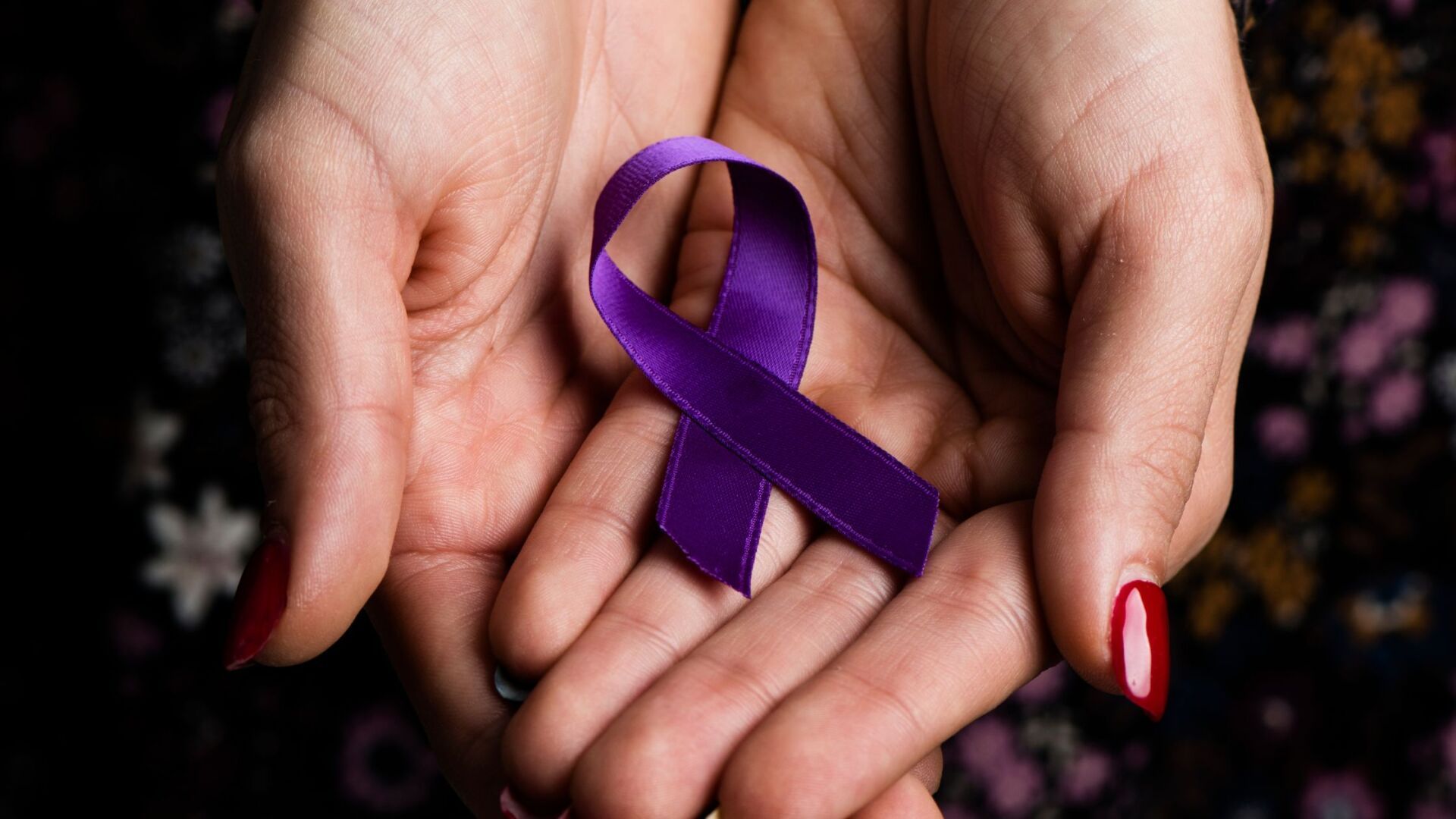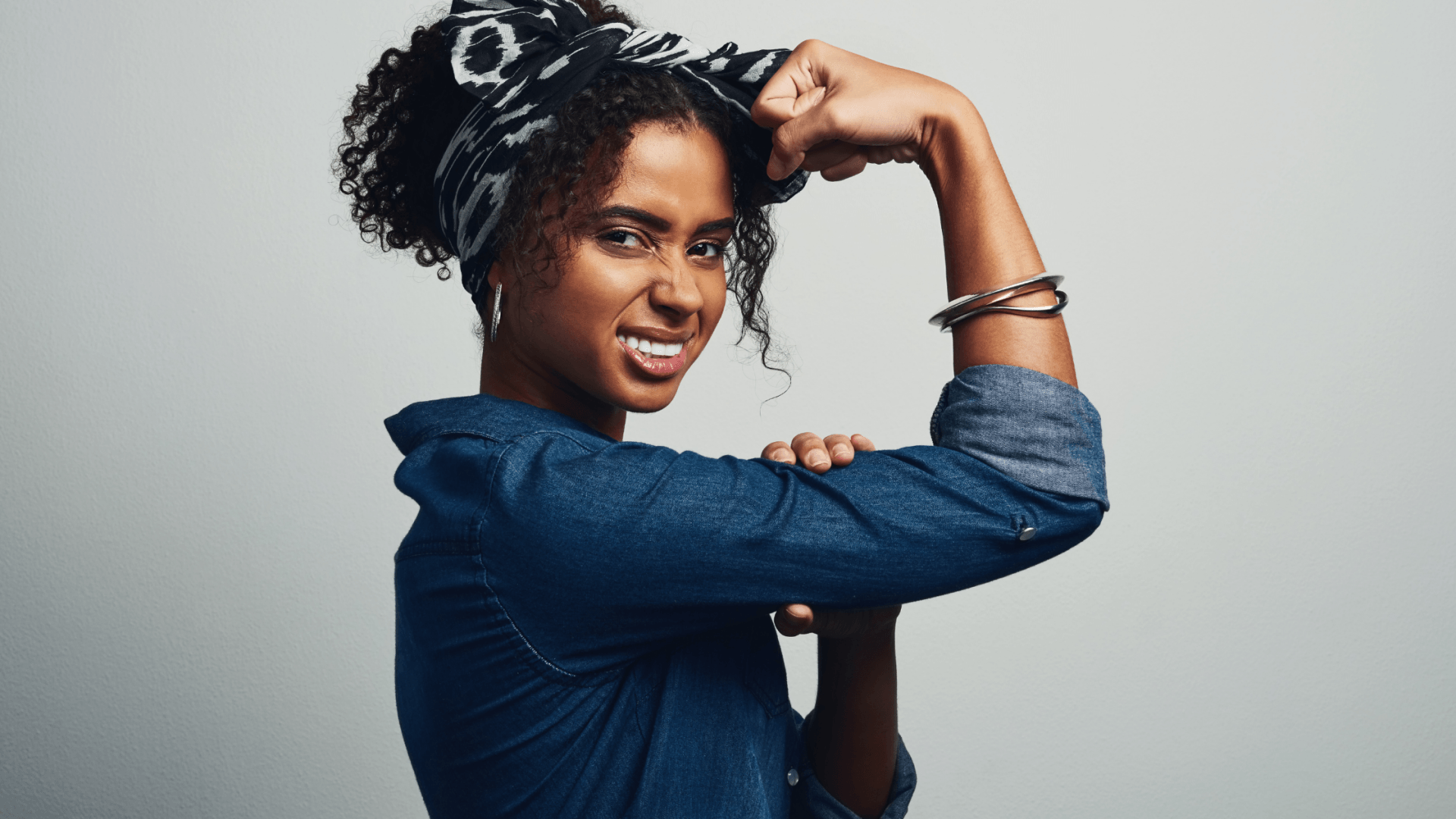Clothes are NOT Consent
Alexandra Pecoraro
Clothes are not consent. Clothes have never been consent. Clothes will never be consent.
This is a good time to bring back the conversation of why nobody’s clothing is them asking to be catcalled, harassed, or assaulted. We just passed the halfway mark of Summer.That means with the peak of Summer comes vacations, heat, and humidity. This typically means that people will be wearing bathing suits, tank tops, shorts, sundresses, etc. and so it feels like a good time to put out the recurring PSA that clothes are NOT, in any way shape or form, consent.
“What were you wearing?” tends to be aimed at women survivors, because when we talk about dress code and policing clothing, those rules tend to be around girls’ and women’s clothing; about how much of a girls body is showing and how that might impact the young boys and men around them. Policing clothing has also impacted people in the LGBTQIA+ community about what is appropriate for different genders to wear and if someone is deviating from the gender binary then they asked for the sexual and physical violence they experienced. This concept that clothing leads to certain responses is taught to us from childhood. There’s countless stories of little kids as young as 5 getting kicked out of places or denied entry because they were a little boy dressed up as a princess, a little girl whose sundress was “inappropriate,” or a kid exploring their gender expression/identity and it’s too “dangerous” to other students. These ideas become ingrained in people so when adults experience sexual violence it becomes, “why would you bring attention to yourself? your outfit made you seem like you wanted it.”
Asking a survivor of assault, “What were you wearing?” is a facet of victim-blaming. Victim-blaming is the idea that a victim is partially or fully responsible for what happened. So, if I am walking down the street and someone walks ups and punches me in the face, victim-blaming would be, “Well, what kind of expression did you have? Are you sure you didn’t look at them the wrong way? You were just looking for attention—are you sure you didn’t do anything?”
Now, I hope we can all agree that these comments sound completely ridiculous and unsupportive. Asking, “What were you wearing?” is exactly the same. If we’re being totally honest, it wouldn’t matter if a person hadn’t been wearing any clothes when they were assaulted.
Assaults only happen because an assaulter commits the assault.
To see that sexual violence can happen regardless of what someone is wearing, check out the What were you wearing? art exhibit from the University of Kansas. The exhibit was created by Ms. Brockman and Dr. Wyandt-Hiebert after more than a decade of fighting sexual violence and intimate partner violence. They realized a pervasive question heard often was, “What were you wearing?”
To summarize, clothing has nothing to do with someone getting assaulted. This is because:
- Experiences and research show clothing does not make someone more likely to experience sexual violence. People get assaulted whether they wear bikinis or sweatpants and hoodies.
- Victim-blaming statements are typically used in reference to women rather than men. So if one’s choice in clothing is a valid prevention method, why isn’t everyone taught it? Why are only women taught to heed the clothes they wear?
- Sexual violence would still exist even if people wore unflattering, full-coverage clothes. Stop blaming sexual assault on a person’s attire.
Keep in mind, girls’ and women’s clothing doesn’t really exist, because anyone can choose to wear anything. When we see dress codes in school and in the workplace, they‘re most often about the tightness, length, and coverage of the clothing—clothing that women most tend to wear.
For more information and to deep-dive into what makes some survivors more “believable” than others, check out this article in the Journal of Criminal Law and Criminology.
Share this post







